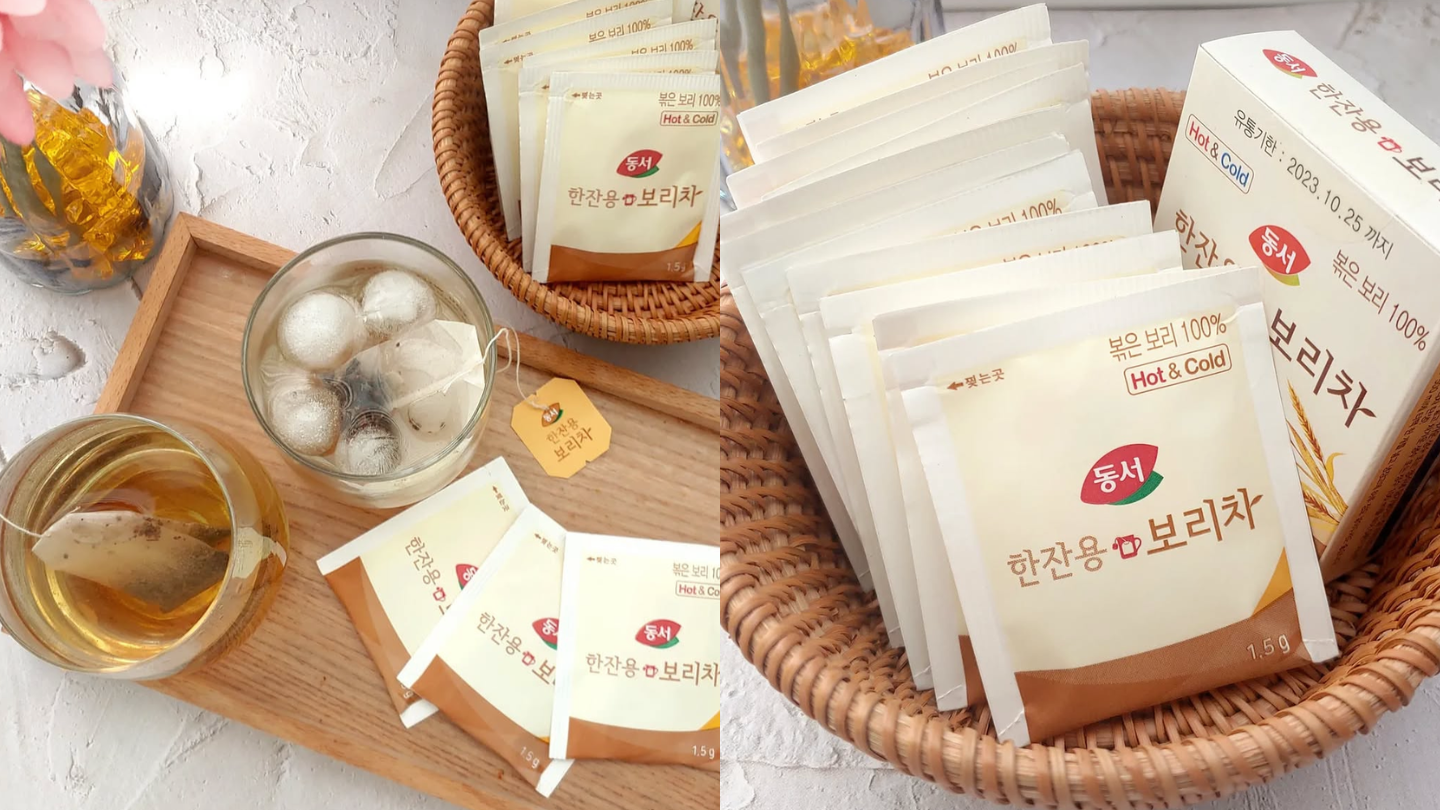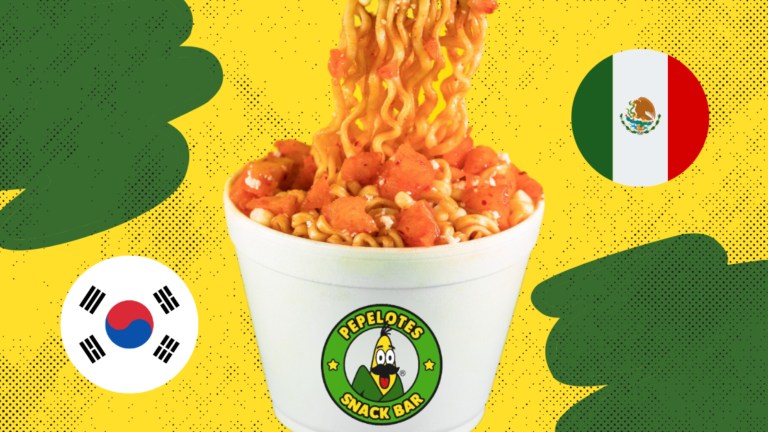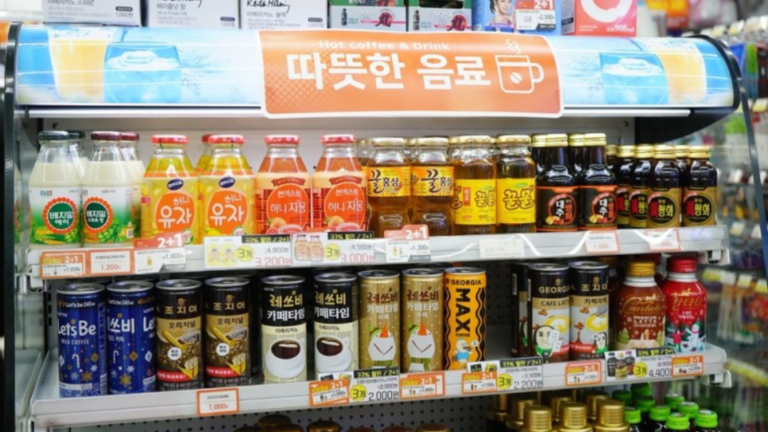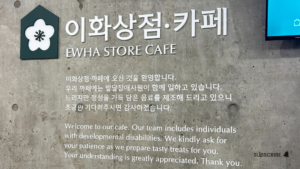I’ll never forget my first encounter with barley tea (보리차, boricha). I was visiting a Korean friend’s house, and her mom kindly offered me some tea. To my surprise, it wasn’t served hot in a dainty cup, as I expected. Instead, it was cold, poured straight from a 2-liter jug sitting in their fridge. It felt casual and effortless, yet somehow special.
In Mexico, where I’m from, we usually pair our meals with fruity aguas frescas—pineapple water, limeade, or something similarly sweet and refreshing. Drinking tea, especially something so light and earthy, alongside a meal was a cultural difference I hadn’t anticipated. But as I took my first sip of boricha while eating, something clicked. The nutty, roasted flavor paired beautifully with the bold, spicy, and umami-rich dishes on the table.
Barley tea pairs beautifully with Korean food. It doesn’t overwhelm your palate but instead cleanses it, letting you fully enjoy each bite. Before I knew it, I found myself craving a glass of boricha with every Korean meal.
The more I experienced Korean cuisine, the more I appreciated the quiet elegance of barley tea. Unlike sugary drinks or sodas that demand attention, boricha takes a backseat. It refreshes and resets your palate without overshadowing the meal itself, making it the perfect accompaniment to Korea’s dynamic flavors.
Why Boricha Works So Well with Korean Meals
What really sets boricha apart is how effortlessly it enhances the meal without competing for attention. The roasted barley flavor offers a comforting depth without being too overpowering. In a meal filled with spicy kimchi, savory bulgogi, or a rich bowl of stew, boricha acts like a reset button for your taste buds. Each sip feels like a mini palate cleanser, making every bite of food feel like the first bite again.
The tea’s neutral yet toasty flavor helps balance the sharpness of kimchi or the heat from spicy dishes. For example, when paired with bibimbap, the warm, earthy taste of barley tea brings a sense of calm that perfectly contrasts the dish’s bold gochujang (red chili paste) and variety of textures. It’s this harmony between flavors that makes boricha a beloved staple in Korean households.
A Simple Tradition That’s Comforting and Refreshing
What I love most about barley tea is how simple and accessible it is. The preparation is effortless. You can easily make it at home by boiling barley and letting it steep, or simply grab a bottle from any convenience store or supermarket in Korea. It’s a drink that’s always ready when you need it, whether it’s after a long day or as a refreshing beverage during lunch.
Now, I find myself keeping a bottle of boricha in my fridge, just like my friend’s family. On hot days, it’s a refreshing drink to cool down with, and during meals, it feels like a necessary companion. It’s a simple tradition, but one that has completely transformed how I think about mealtime beverages.
A Drink That’s More Than Just a Beverage
In Korea, boricha isn’t just a drink—it’s a part of daily life. Many families brew it in large quantities and keep it chilled, ready to drink whenever the mood strikes. It’s not about indulgence; it’s about convenience, comfort, and a quiet, understated connection to the past. In a world full of flashy, sugary drinks, boricha reminds me that sometimes, simplicity is all you need to make a moment feel special.
If you’ve never tried barley tea, I’d highly recommend it, especially with a Korean meal. It might feel unfamiliar at first, but give it time, and it just might become one of your favorite mealtime rituals—just like it has for me. Whether you drink it hot or cold, boricha brings a calm presence to the table that lets you truly enjoy the flavors around you … it’s a small, quiet moment of respite I’ve learned to appreciate.





